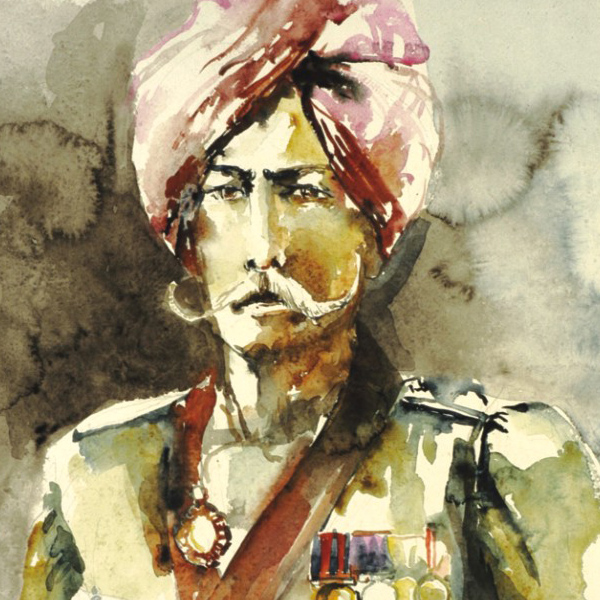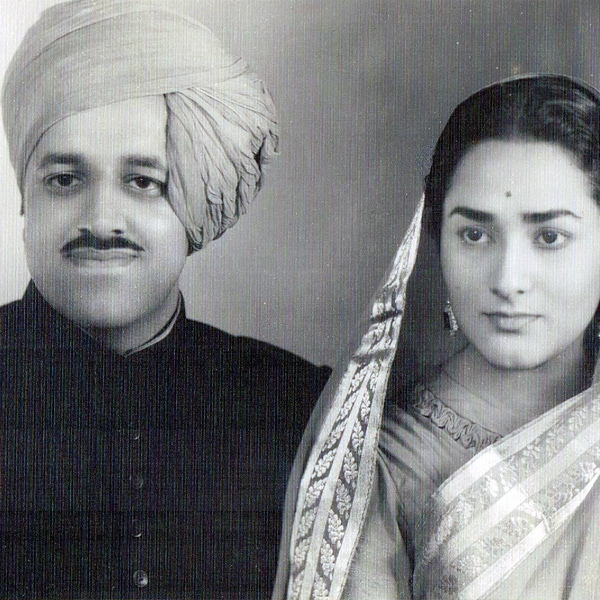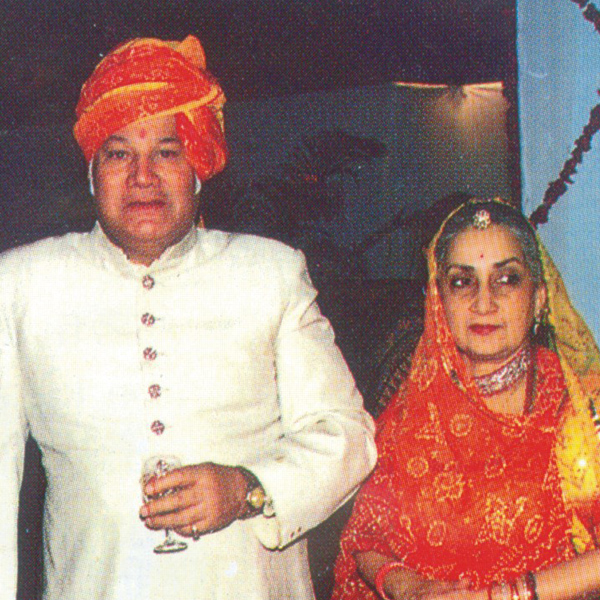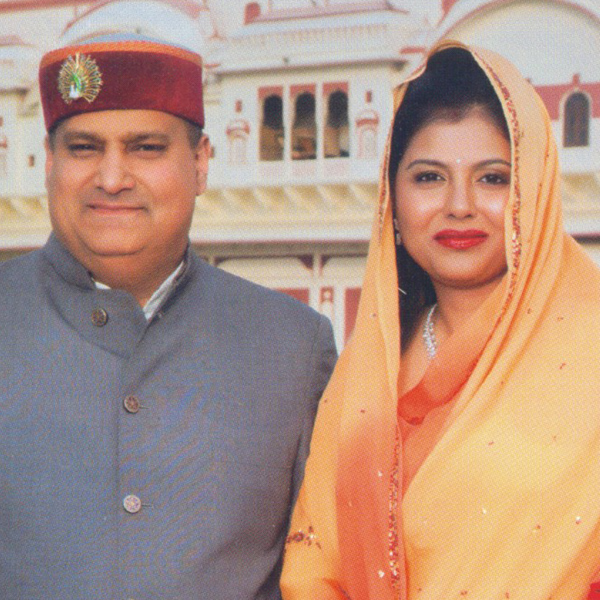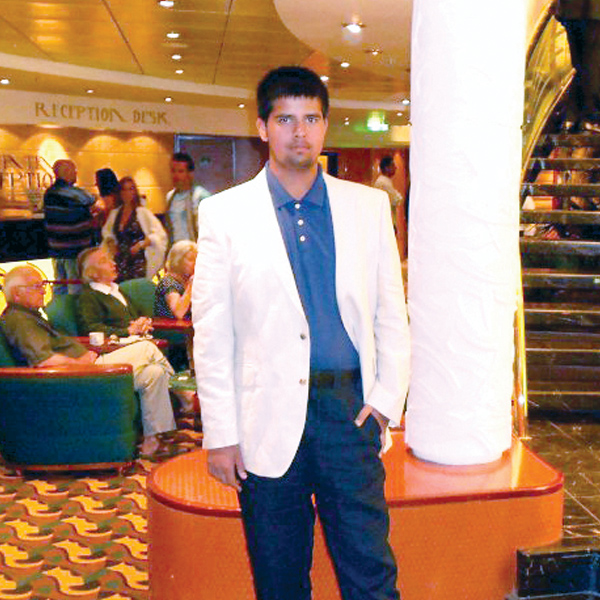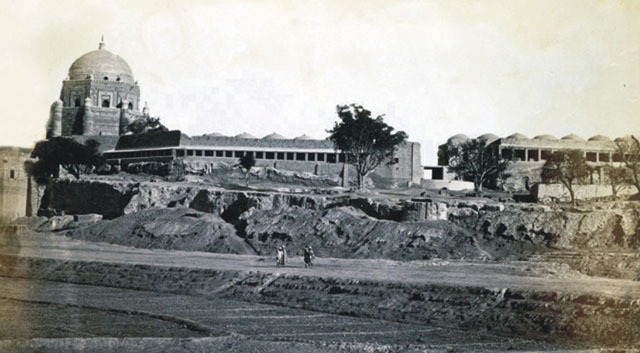
Katochgarh, Multan
In the days of unrecorded history it is believed that the founder of the Katoch kingdom was Bhumi Chandra, who was born from the perspiration of the Goddess Ambika. The story narrated that when the Goddess Ambika while fighting the demon Rakathber, who could replicate himself with every drop of his blood (which fell on the ground), got tired of killing all his re-incarnations and wiped her forehead of the sweat, a drop of which fell on the earth and created Bhumi Chandra. Bhumi Chandra helped the Goddess in destroying the demon. So pleased was the Goddess with Bhumi Chandra that she bestowed upon him a large kingdom (Kutch-Khadi-Multan which stretched all the from the Tibetan borders in the Himalayas to the sea - Rann of Kutch, an area upwards of 1,25,000 sq. miles). The Goddess also conferred upon him the title of Rajanaka (Supreme King) and Katoch (Sanskrit for the best in swordsmanship).
Even to this day the title of Katoch is used by the Royal family as their surnames. The Goddess Ambika is worshiped as their clan Goddess (the temple of Ambika Mata is situated in the Kangra fort and is the oldest Ambika temple in India).
The birth of Bhumi Chandra started the triple division of the Rajput races 1). Bhumi Vanshi (Earth born), the other two beings Chandra Vanshi (Moon born) and Surya Vanshi (Sun born).
Sir Denzil Charles Jelf Ibberston - K.C.S.I. - writes on the Katoch house of Kangra "The Katoch is the family of the Kangra dynasty, a dynasty which dates from certainly some centuries before Christ, whose family tree shows an unbroken line of four hundred and eight kings, and whose kingdom included the whole of Multan, Hoshiarpur and Jalandhar Districts."
To this adds Sir Lepel Griffin - "Antecedents to what are called historic times, conjecture must take the place of truth; but it is not difficult to imagine that these long genealogies - by the side of which the noblest names of Europe seems but of yesterday, contains some semblance of the truth. These quiet mountain valleys guarded by difficult passes of ice and snow, lay all together out of the path of invading armies, which one after the other in quick succession poured down upon the plains of Hindustan. Here the peaceful Katoch race with no ambition urging them to try their strength against their neighbor, may have quietly lived for thousand of years and the Katoch Royal dynasty may have been already ancient when Moses was leading the Israelis out of Egypt and the Greeks were steering their swift ships to Troy."
Sir Griffin account is not entirely correct as most of the Katoch kingdom lay in the plains and the Katoch dynasty did not really see peaceful times, if an average is taken, the Katoch clan was at war (against invaders or internally) every four years since 326 B.C. to A.D. 1860. The Katoch Royal family has fought more invaders into Hindustan than any other ruling family in India.
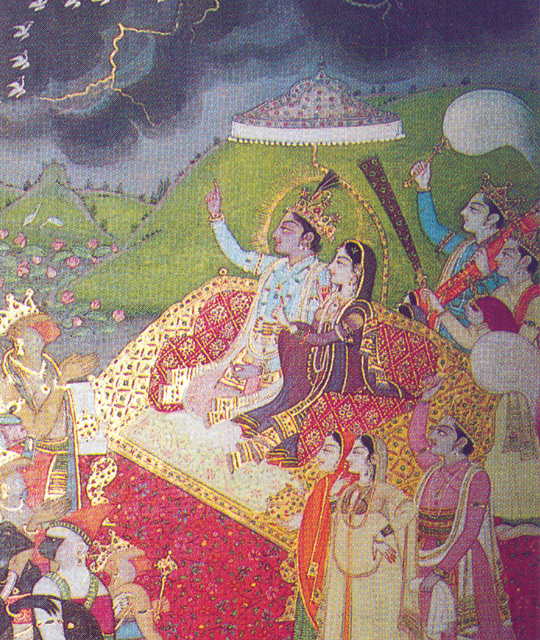
Ramayana
C. 3000 B.C. - The great Hindu epic Ramayana mentions the Raja of Trigarth, who helped Luv and Kush (Sons of the God Ram Chandra) fight Laxman (younger brother of the God Ram Chandra) when the two boys Luv and Kush while in exile with their mother (Sita) captured their sacred horse.
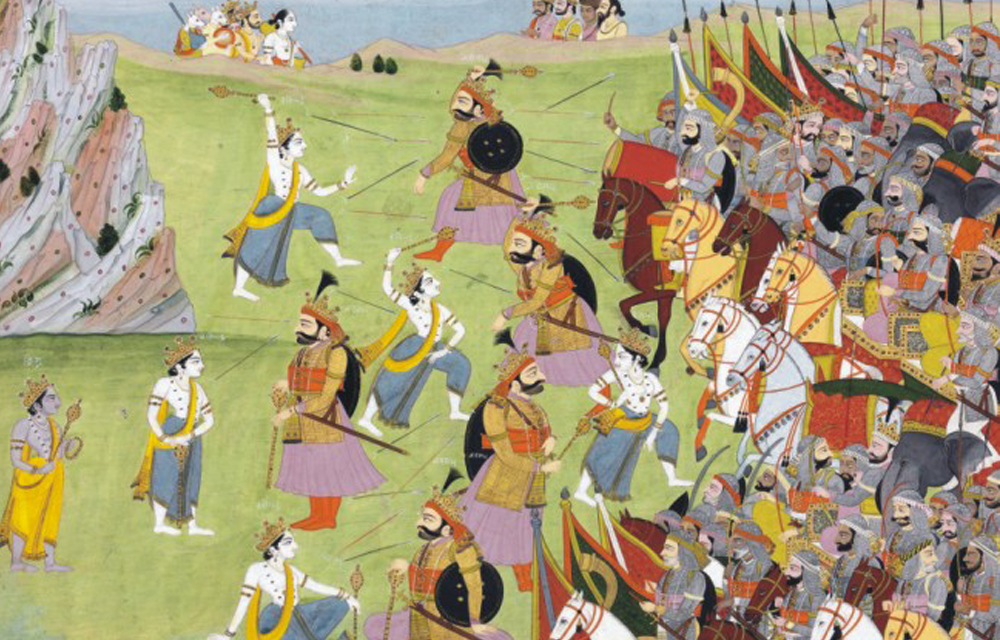
Mahabharat
C. 1500 B.C. - The second great epic of the Hindus, the Mahabharat (The great war of India) mentions Rajanaka Susarma Chandra (234th Naresh of Trigarth in lineal descent from the founder Rajanaka Bhumi Chandra) who fought on the side of Kaurvas, as Duryodhan was his son-in-law. Raja Susarma Chandra was given the task of battling the Raja of Matsya and was also involved in the plot set against Yudhishtra. It is said that in the Mahabharat Rajanaka Susarma Chandra lost his life at the hands of Arjun.
After the battle, his son coded the lands of Multan to the Pandavs and retired to Jalandhar. He is also credited with building the city of Susarma Pura (Kangra) around its famous fort (Kangra Fort) which is said to have been built by his father.

